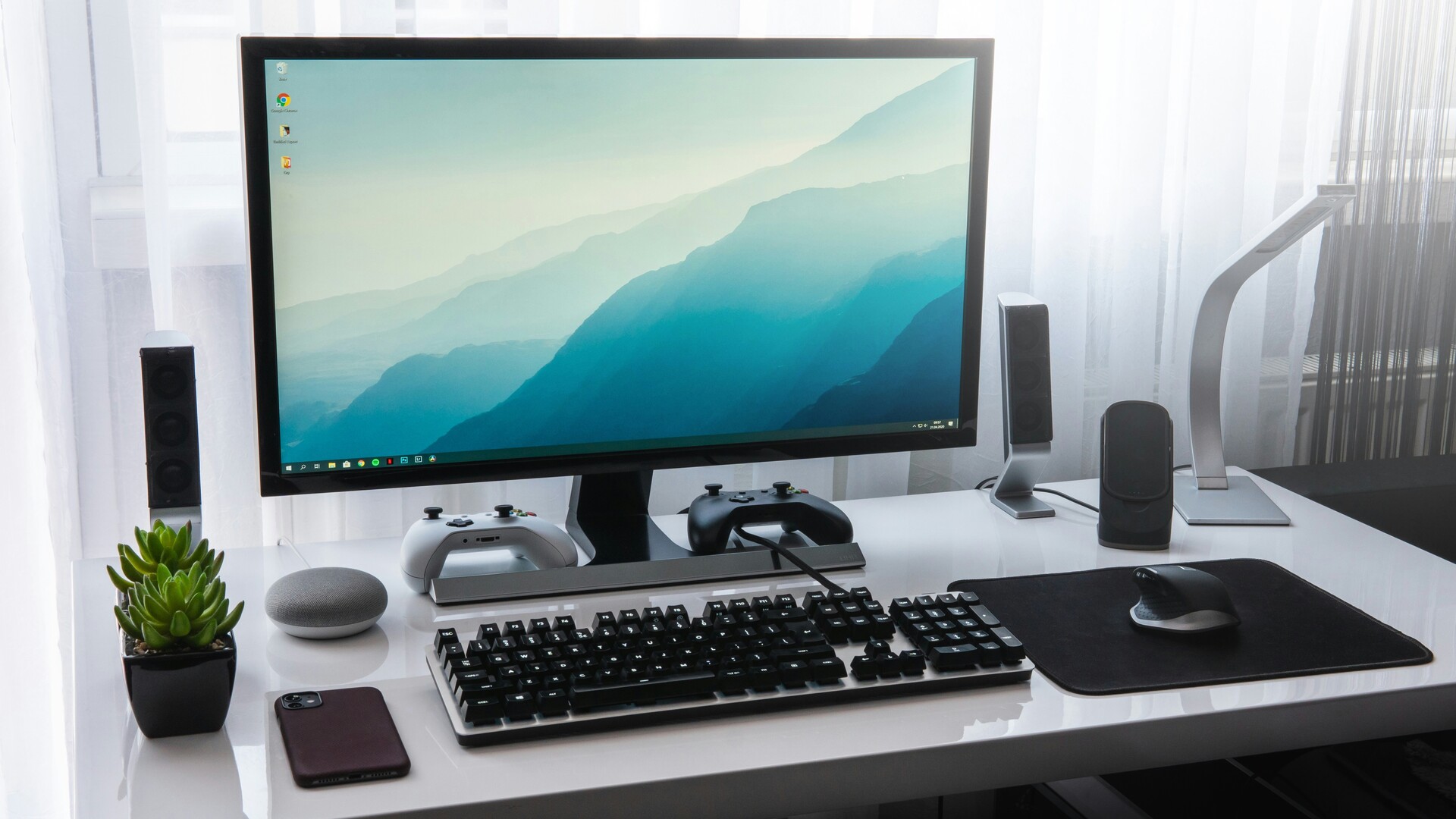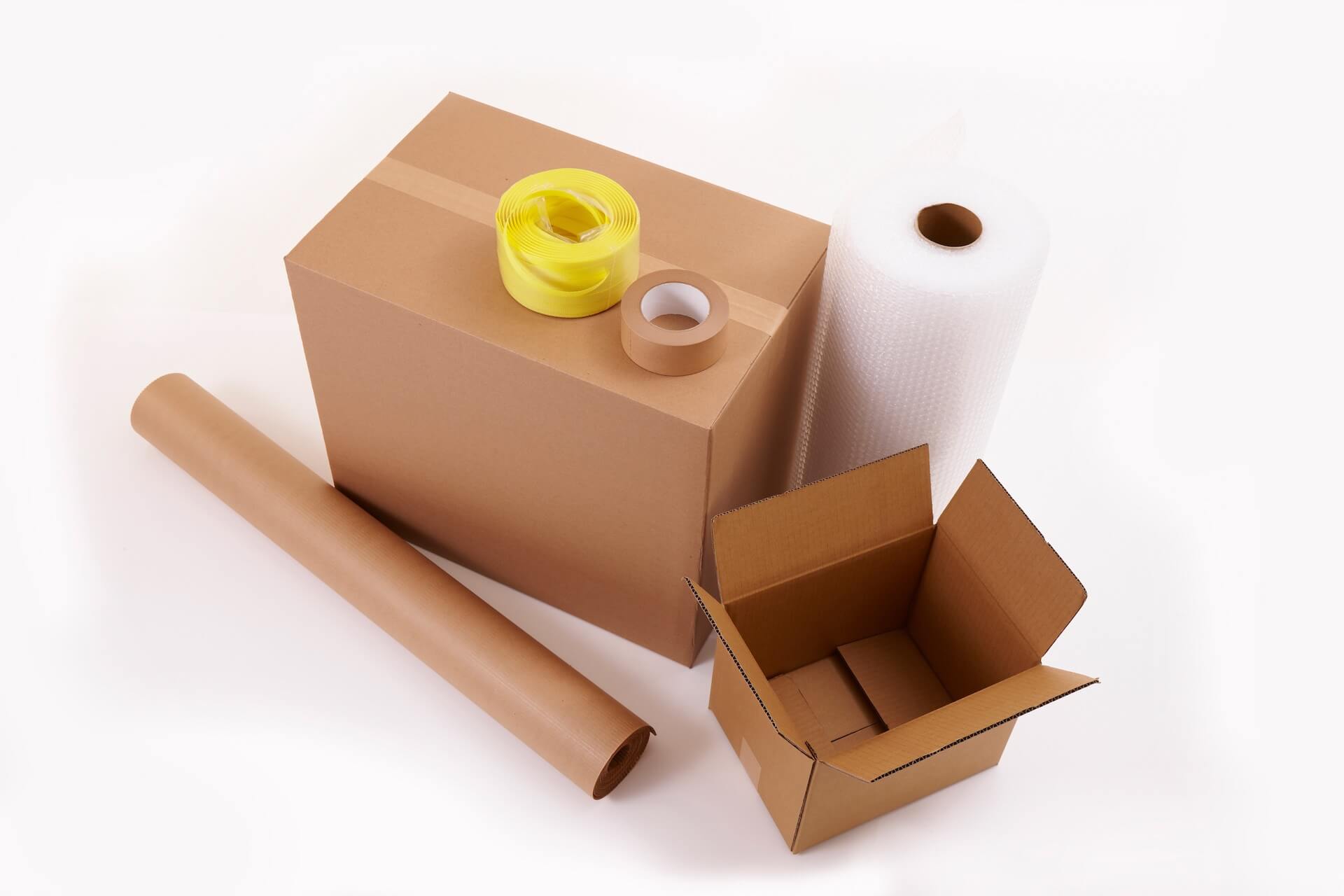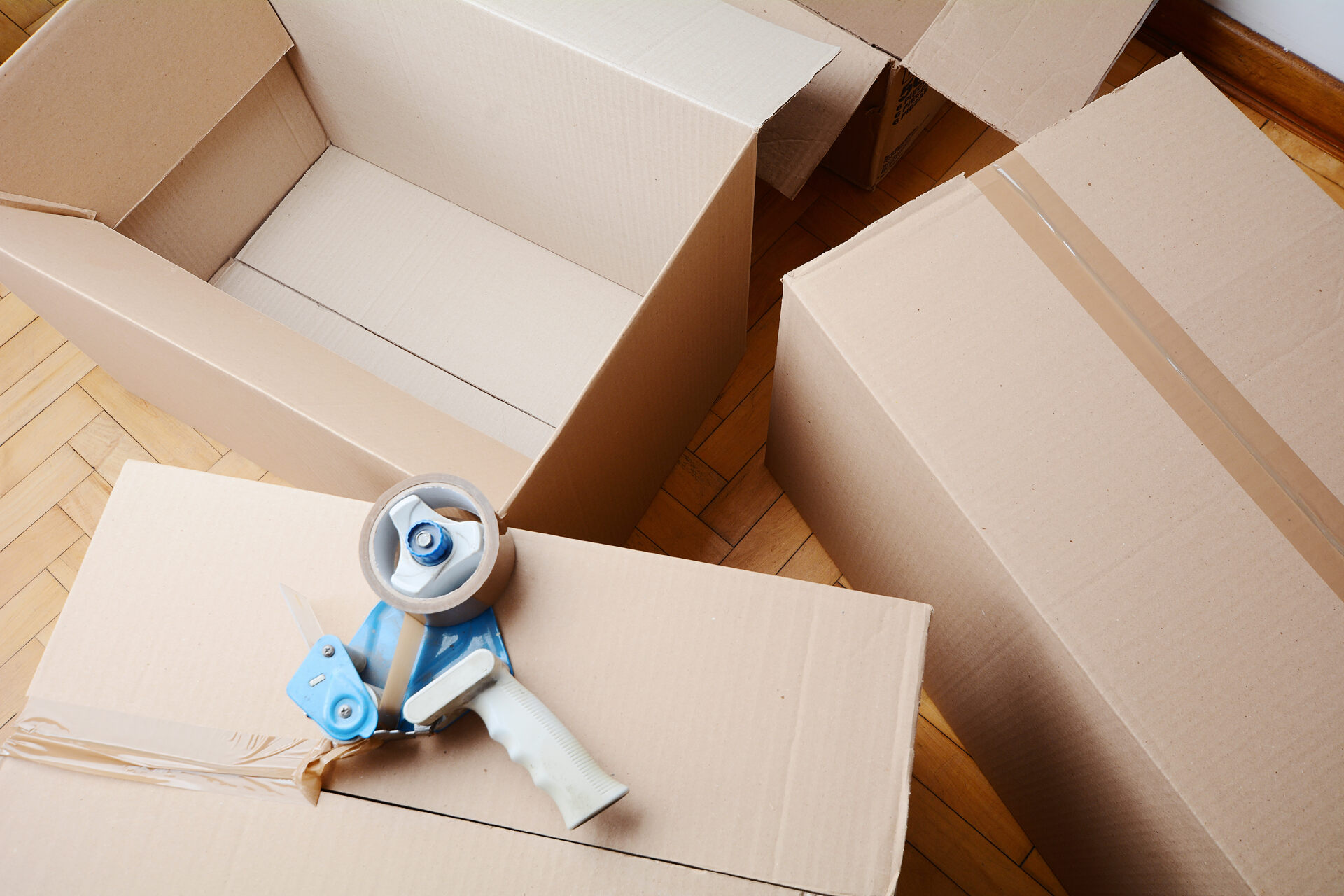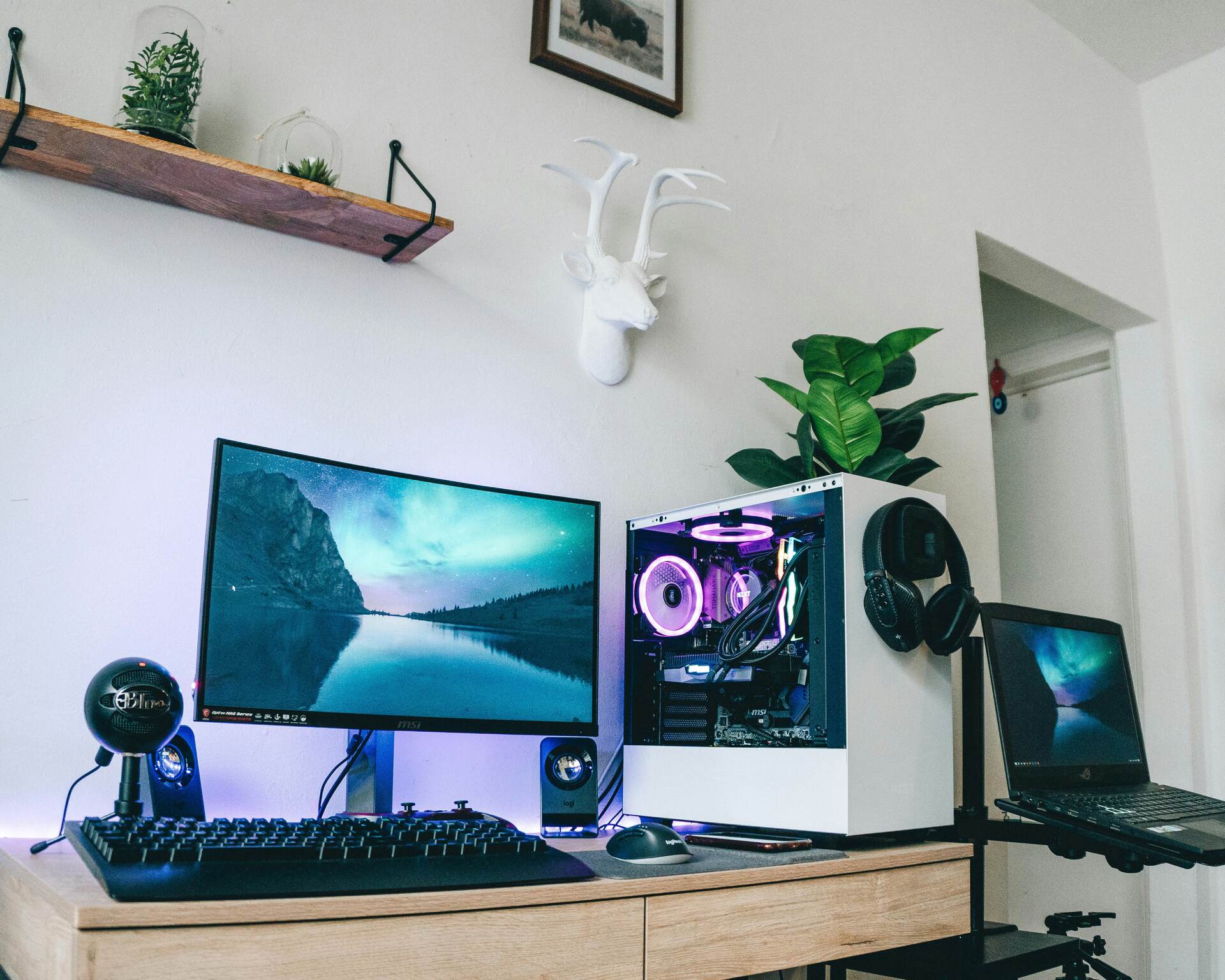

Packing a computer for a move can be daunting, but with the right approach, it’s perfectly manageable. In this guide on how to pack a computer for moving, we’ll share essential packing tips to ensure your valuable device arrives safely at its new destination. Whether you’re a tech enthusiast or just looking to protect your investment, these strategies will make the process straightforward and stress-free. Let’s dive in!
How to Pack a Computer for Moving?
When preparing computers for relocations, start by backing up all your data to ensure nothing gets lost in transit.
Power down your device, unplug all cables, and organize them neatly, securing them with ties.
Wrap the monitor and tower separately in anti-static bubble wrap to prevent electrical damage.
Use the original boxes, if available, or sturdy boxes with sufficient padding.
Fill any gaps with foam inserts or packaging peanuts to prevent shifting.
Seal the boxes with heavy-duty tape and label them as “Fragile” to ensure careful handling. This method safeguards your equipment, ensuring it reaches its destination safely.
Start the Process of Packing Computers for an International Move With Proper Preparations
Secure computer transport overseas requires meticulous preparations for relocation. After all, it’s crucial to ensure your equipment is well-protected against the rigors of international transit. Before you can pack for a move, there are a few crucial things you need to do to ensure safe transit of your electronic devices.
Do the Data Backup and Take the Necessary Security Measures
Backing up your data is a critical step before moving overseas. It safeguards your information, ensuring it’s retrievable in case of hardware mishaps. The best relocation tip from our team at Shepherd International Movers would be to use various backup solutions, from cloud storage to external hard drives. We also emphasize the importance of implementing necessary security measures, such as encryption, to ensure data safety in international moving.
Clean and Dismantle the Device if Possible
Cleaning and preparing your computer for packaging is an essential step. Use compressed air to remove dust from the components and wipe down the exterior with a soft, dry cloth. This not only makes packing efficient but also minimizes the risk of damage during shipping, ensuring your device is moved safely and arrives in the best possible condition.

Choose the Right Packaging Materials for Protecting Computers During Relocation
How to pack a computer for shipping? Before you start planning your wrapping schedule, select the appropriate packaging materials. This is crucial for safeguarding PCs for long-distance moves. The right supplies not only protect your device from physical damage but also shield it from static electricity, which can be just as harmful. Our company emphasizes the importance of using the original packaging when available, as it offers the best fit and protection for your devices. If you don’t have it, don’t worry – there are other suitable alternatives.
Gather the Essential Supplies for Wrapping Computers
When it comes to relocating your computer to another country, having the right packaging supplies on hand is critical to ensure its safety. Proper wrapping will protect your device from physical and static damage during the move. Here’s a checklist of essential packaging materials you’ll need:
- Anti-static bags -These are crucial for safeguarding the computer’s components from static electricity, which can cause irreversible damage.
- Sturdy boxes – Ideally, the computer’s original packaging should be used since it offers the perfect fit. If that’s not an option, opt for strong, durable boxes that can endure the challenges of relocating abroad.
- Bubble wrap and packaging paper – These materials provide essential cushioning for your device, helping to prevent any scratches or minor damages.
- Foam inserts or packing peanuts – Use these to fill any voids within the box, ensuring your computer stays securely in place and doesn’t shift during transportation.
- Packing tape – A strong, heavy-duty packing tape is necessary to seal the box and keep everything tightly packed.

Implement Wise Packing Techniques for Maximum Safety
How to pack a desktop computer for moving? Employing wise packing techniques is the key – they will safeguard your device against physical damage but also against the risks associated with static electricity and jostling. Our movers at Shepherd International Movers are trained in these expert methods, ensuring your computer is securely packed for transit.
Secure Wrapping and Cushioning Methods You Should Use
For maximum safety, begin by enclosing your computer and its components in anti-static bags, crucial for warding off static damage. Follow this by enveloping each piece in bubble wrap, providing a snug layer of protection without applying excessive pressure. Secure the bubble wrap with packing tape to prevent it from unwinding.
Choose a sturdy box that accommodates the wrapped items comfortably, filling any remaining space with packaging paper, foam inserts, or styrofoam peanuts to negate any potential movement during transport. Before sealing, a gentle shake of the box should reveal no shifting – indicating a need for additional cushioning if movement is detected. Seal securely with heavy-duty tape and clearly mark the box as “Fragile” – your movers need to know which boxes contain fragile items so they can handle them accordingly.
Our expert movers excel in these secure wrapping and cushioning techniques, ensuring your computer is well-protected throughout its journey. Their proficiency guarantees that every precaution is taken to shield your device from damage, offering you peace of mind during the relocation process and reducing relocation stress.
Precaution Tips for Fragile Components
Sensitive components such as hard drives and monitors require special attention. This is important to consider when learning how to move a desktop computer. We recommend removing hard drives and packing them separately in anti-static bags, then cushioning them as you would the main unit.
Monitors should be wrapped in anti-static sheets, followed by a layer of bubble wrap, and placed in a box that fits snugly, with additional padding around the edges. If you opt for packing assistance from Shepherd International Movers, our team’s meticulous attention to detail will ensure these fragile parts are given the utmost care, minimizing the risk of damage during shipping.

International Moving Tips for Electronics – Navigating Customs and Security
Navigating customs and security with electronic devices, especially when moving internationally, requires thorough preparation and an understanding of the regulations involved. Our company specializes in this process, ensuring your computer and other electronics clear customs without delays. This is one of the main reasons why those relocating abroad should look into hiring movers. Professional moving services can save you a lot of time and effort but also help you avoid the most common relocation mistakes.
Inform Yourself on International Customs Regulations for Electronics
Understanding international customs regulations for electronics is crucial for a smooth relocation. Different countries have specific requirements and restrictions on importing electronic devices. These can include declarations, taxes, and duties.
Our company stays informed about these varying regulations, leveraging our expertise to navigate the customs process efficiently. We can ensure all important documentation is prepared and submitted, minimizing potential hold-ups at the border.
Preparing for Security Inspections Is Easy With Professional Movers by Your Side
Security inspections are a standard procedure for international moves, particularly for electronic devices. To prepare your computer for inspection, make sure it is easily accessible and properly labeled. Remove passwords or provide them where necessary to facilitate quick checks.
At Shepherd International Movers, we understand the intricacies of security protocols and are dedicated to ensuring your electronics are packed and documented in compliance with these requirements, so you’ll have a seamless transition through security checkpoints.

Advice on Setting up Your Device Post-Move
After relocation, properly setting up your computer in its new environment is crucial. Begin by carefully unpacking your device and ensuring all components are accounted for. Once unpacked, connect it to check if all software and hardware components are functioning as expected. Turn on the device to verify its operational status, paying close attention to any irregularities that may have arisen during transit. This step is vital for catching any potential issues early on, allowing for a swift resolution.
Carefully Check for Any Damages and Functionality
Upon arrival, carefully inspect your computer for any signs of damage. Look for physical dents or scratches on the exterior. If you encounter any issues, our company is committed to promptly addressing post-move concerns. We understand the importance of your electronics and offer insurance solutions to resolve any problems quickly, ensuring your satisfaction and a seamless transition to your new home.

Contact Shepherd International Movers – Our Team Can Safely Ship Electronic Devices to Your New Country
Shepherd International Movers offers unparalleled expertise in safely shipping electronic devices to your new country. Our dedicated team understands the complexities of shipping during international relocations, especially when it comes to valuable electronics. We employ state-of-the-art packaging techniques and materials. Our International movers for electronics will ensure your devices are protected against static, shock, and any form of transit damage.
With our international moving company by your side, you gain peace of mind knowing your electronics will arrive at your new destination safely and securely. Whether you know how to transport a PC or not, let us handle the intricacies of your move so you can focus on settling into your new home with ease. Contact us to get a free quote for our relocation services.
Frequently Asked Questions
How Do I Properly Back Up My Data Before an International Move?
To back up your data before an international move, consider using both cloud storage solutions and external hard drives for redundancy. This dual approach ensures that you have accessible backups, offering peace of mind regardless of your physical location or internet access.
What Are the Best Materials to Use When Packing a Computer?
When packing a computer, prioritize anti-static bags for individual components to prevent static damage. Use bubble wrap around these components for shock absorption, and place them in sturdy, size-appropriate boxes. Fill any remaining space with foam inserts or foam peanuts.
How Do I Protect My Computer From Damage During Long Transits?
To safeguard your computer during long transits, securely wrap it in anti-static material and cushion it within a sturdy box with bubble wrap and foam inserts. Ensure the box is clearly labeled “Fragile” to encourage careful handling by movers.
What Should I Know About Customs Regulations for Electronics?
Understanding customs regulations for electronics is essential – research your destination’s policies on imported electronics. Prepare for potential duties and have all necessary documentation ready. This preparation can streamline the customs process, preventing unexpected fees or delays upon arrival.





